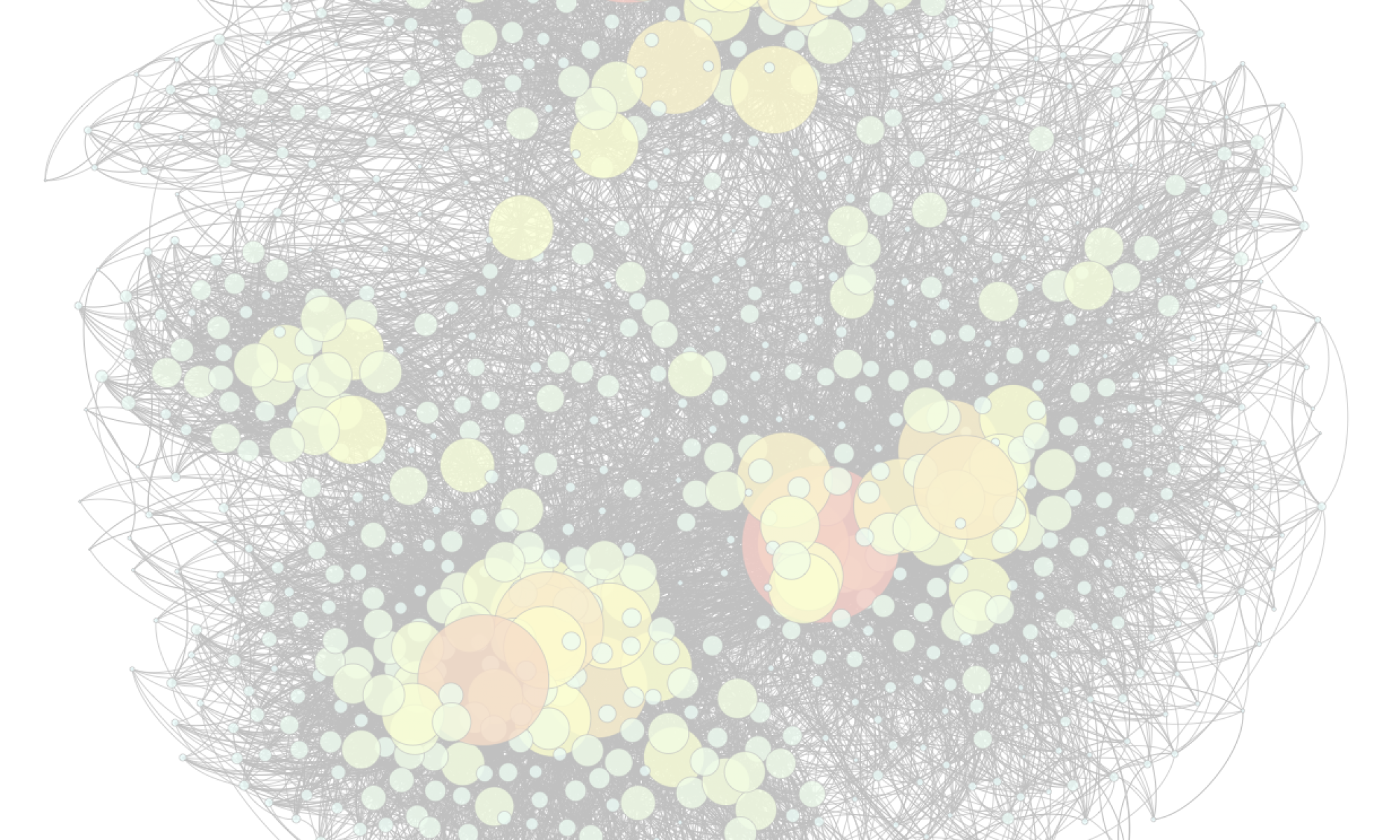Samuel Reyd & Jean-Louis Dessalles
CIRCE: a Scalable Methodology for Causal Explanations in Cyber-Physical Systems (Samuel Reyd)
Cyber-physical systems (CPS) are increasingly complex and harder for human users to understand. Integrating explainability methods within their design is a key challenge for their acceptability and management. We consider that causal explanations can provide suitable answers to address this issue. Most approaches to causal explanations, however, rely on global system models, often built offline, which implies heavy computations, delays, and interpretability issues when answering questions at runtime. We propose CIRCE: a scalable method for Contextual, Interpretable and Reactive Causal Explanations in CPS. It is an abduction method that determines the cause of a fact questioned by users at runtime. Its originality lies in finding a cause instead of an entire causal graph to explain CPS behavior and employing a classic local Explanatory AI (XAI) technique, LIME, to approximate this cause. We validate our method via several simulations of smart home scenarios. Results indicate that CIRCE can provide relevant answers to diverse questions and scales well with the number of variables. Our approach may improve the efficiency and relevance of causality-based explanations for CPS and contribute to bridging the gap between CPS explainability and classic XAI techniques.
Simplicity bias in human-generated data (Jean-Louis Dessalles)
Texts available on the Web have been generated by human minds. We observe that simple patterns are over-represented: abcdef is more frequent than arfbxg and 1000 appears more often than 1282. We suggest that word frequency patterns can be predicted by cognitive models based on complexity minimization. Conversely, the observation of word frequencies offers an opportunity to infer particular cognitive mechanisms involved in their generation.
